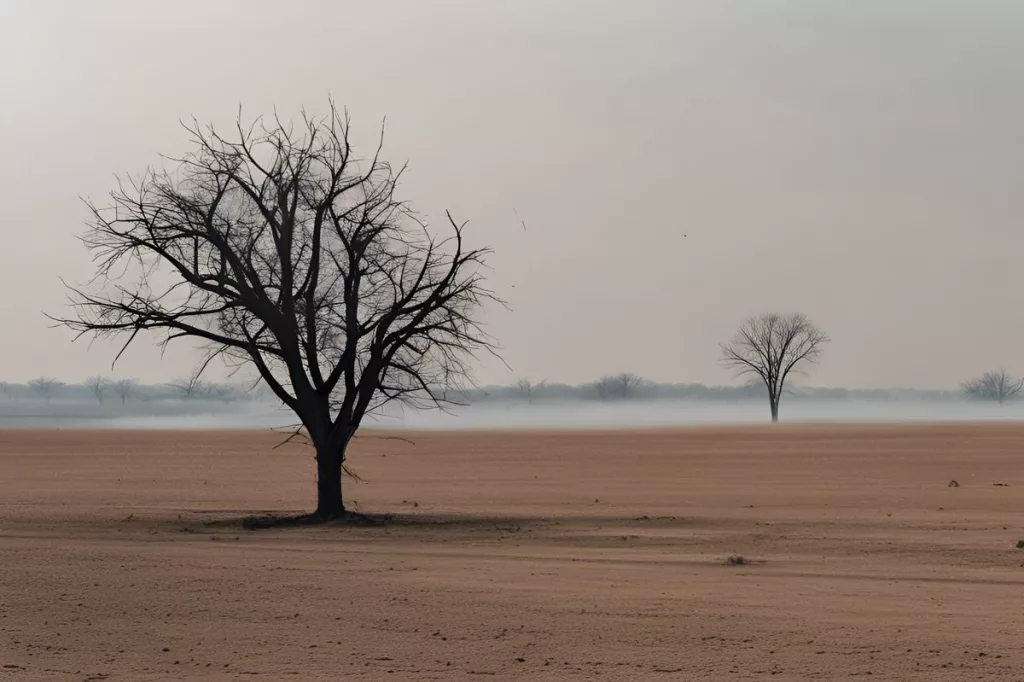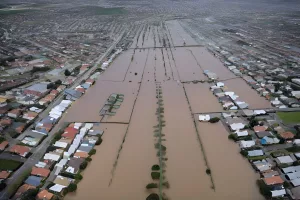The Western Cape is facing a potentially turbulent fire season due to excessive rainfall, which has led to an increase in vegetation. This surge in growth has created a significant fire hazard, which will be further intensified by predicted high temperatures and winds. In the previous year, over 9,500 fires ravaged more than 135,000 hectares of land, leading authorities to allocate significant funds to prepare for the inevitable fire season. The region is in the ironic situation of being endangered by its own natural beauty.
Braving the Storm: An Examination of Cape Town’s Waterway Systems During Intense Rainfall
When heavy rainfall hits Cape Town, the city’s water channels can become overwhelmed, causing flash floods in certain areas. Lowlying regions around the Diep River and Kuils River are particularly at risk, and stormwaterrelated infrastructure can also be swamped. To combat these issues, it’s important for residents to report blocked infrastructure and dispose of waste responsibly, while the City takes proactive measures to clean infrastructure before winter. Safety is key during these times, with precautions including refraining from approaching water bodies and canals during heavy rain and maintaining gutters and drains free of debris.
South Africa is bracing for heavy rainfall which is expected to cause chaos in various provinces, including potential floods and river overflows. The South African Weather Service (SAWS) has issued a warning and urged the public to stay informed about forecasts and pay heed to warnings issued by SAWS. Disaster management professionals are also recommended to sustain a heightened level of alertness during this time to manage possible safety and health threats.
A deluge of rain hit the Western Cape region, causing flooding and powerful winds. The South African Weather Service issued a severe warning for Cape Town and surrounding areas. The impact of the rainfall on communities was significant, with over 1,000 homes affected by the flooding. Despite the devastation, the community showed resilience and unity, offering assistance and support to each other in the face of adversity.
The National Department of Water and Sanitation (DWS) is closely monitoring the water situation in the Western Cape following heavy rainfall, which has boosted dam levels in the province. The Western Cape Water Supply System (WCWSS), which consists of the six largest dams in the area, has reached an impressive 90% capacity, the highest level since June 2014. The Theewaterskloof dam, for example, currently has a water level of 96%, a significant increase from last year’s 76.67%.





